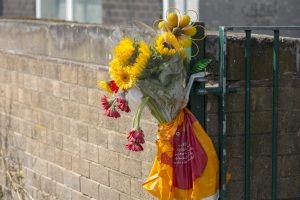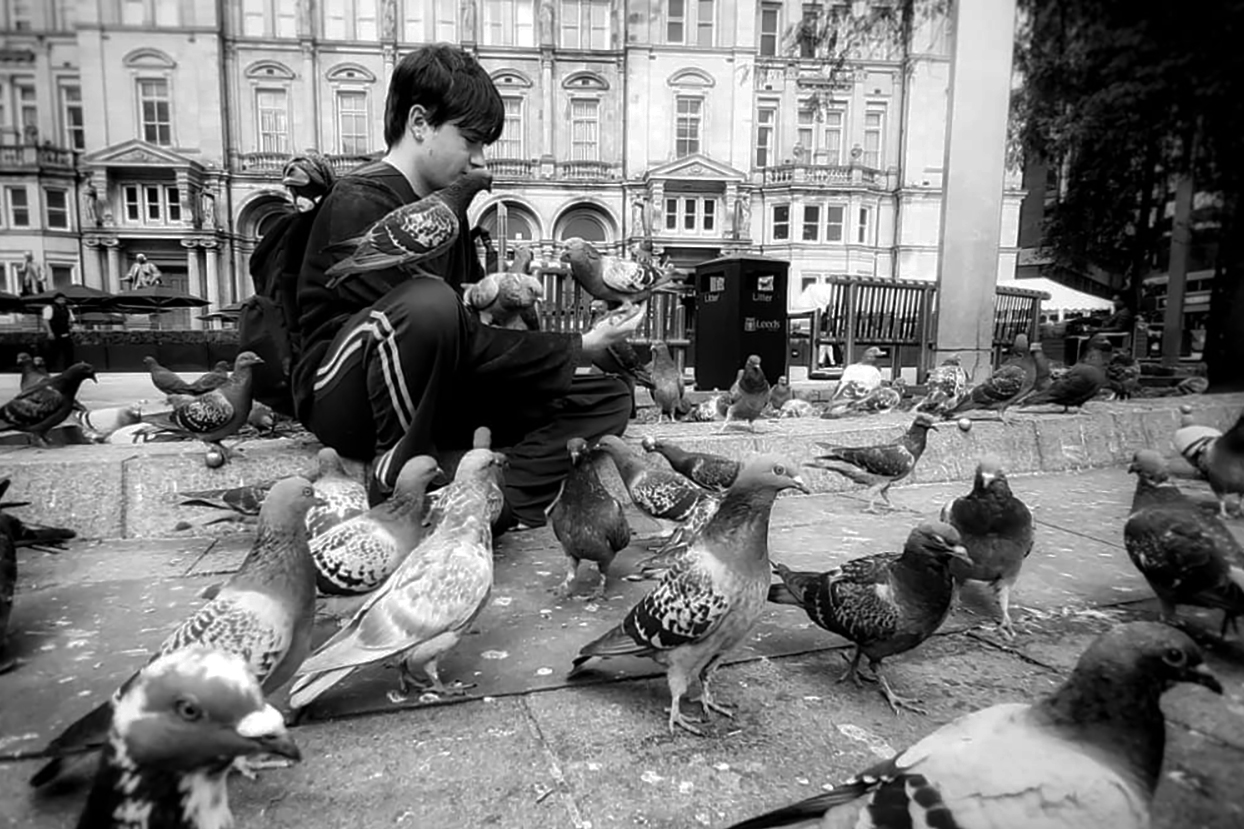Reading Photography: Codes, practices and Intertextuality
Our work in communities is not only focused on teaching people skills and supporting their wellbeing, but also on understanding the codes and practices of art and photography. We recognise that the process of producing creative work is not just a technical one, but also a cultural one. Our goal is to empower individuals to understand and utilise the discourses that shape how images are created and perceived in order to gain agency over how they are represented.

At its inception, documentary photography was bound up in a myth of truth, where an image was assumed to be a neutral viewpoint of the world it depicted. However, since then critics have argued that photographs are expressions of wider cultural codes which are reinforced through the photographers choice of style, composition, focus and light, all of which affect how an image is read.
The process of reading of a photograph is a learned one. Codes become a natural part of the photograph, where the viewer of an image will not consciously study every aspect of its composition, but will make immediate assumptions about its subject. These assumptions are created and supported by discourse surrounding the photograph and its subject. The intertextualities, codes and discourses within society produce the conditions by which we measure the contents of photography. Similar images and texts construct our assumptions about subjects, who they are, what they do, their future and their history.
Critical evaluation of social documentary photography questions its ability to portray a neutral image, and the validity of images as evidence, or the capacity of a photograph to show something without hidden ideologies. While it is not necessarily possible to produce an image that doesn’t reproduce particular ideologies, our aim is to work collaboratively with participants to enable them to become the authors of their own images. Through acknowledging the constructed nature of documentary photography and actively working towards more inclusive representation, we can help to provide a more accurate representation of people and their communities.

